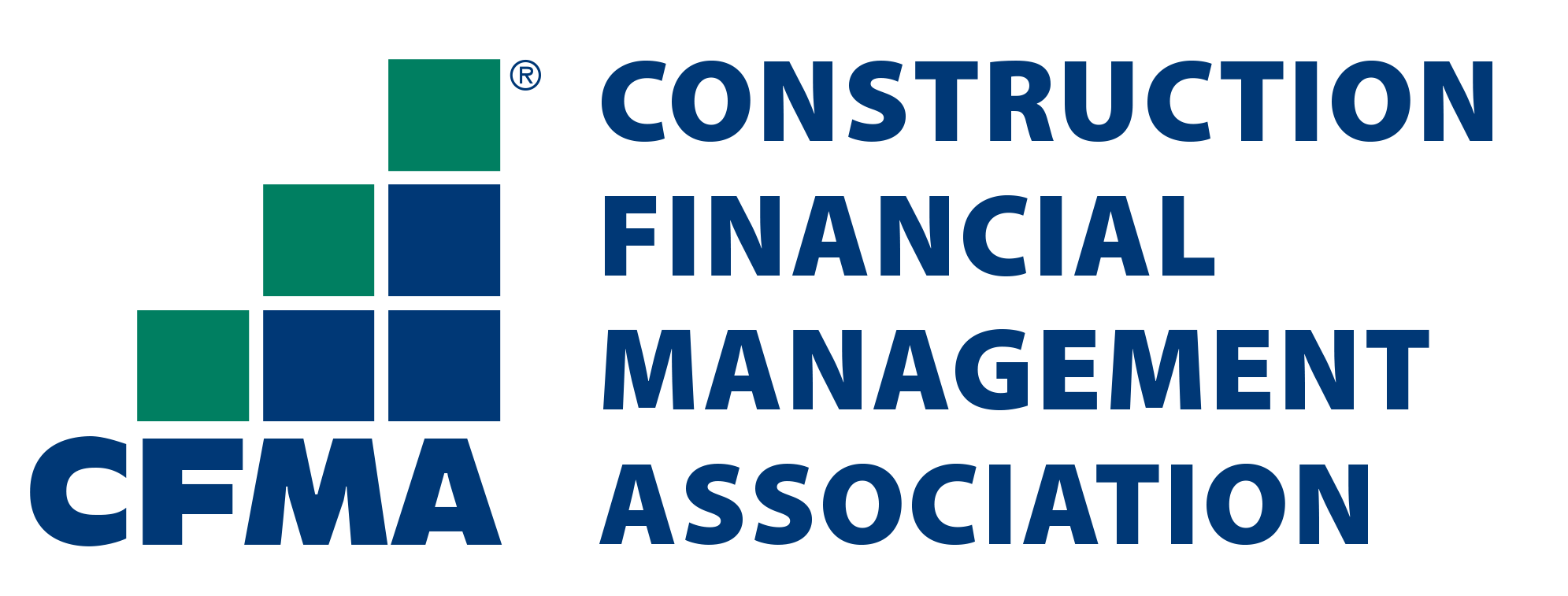
Choosing the Right Type of Dashboard for Your Business
- January 29, 2018
- admin@ohi

Every real-estate project has a multitude of aspects and it can all get out of your hands quickly. For example, a real estate company can deploy a dashboard to display the daily progress of all of its under-construction projects. Any delayed project can be further analyzed using detailed factors like raw material quantity, worker attendance, etc.
A Business Intelligence (BI) dashboard extracts and translates complex data into meaningful insights. There are three main types of dashboards – operational, strategic, and analytical.
Types of Business Intelligence Dashboards
A reporting dashboard not only shows the key project health markers but it can potentially help you drive gradual improvements too.
The magic of analytics and dashboard reporting is that it can report previously inconspicuous data points that, if leveraged the right way, can be a goldmine of efficiency and ultimately lead to higher profits as well.
Analytical Dashboards
With an analytical dashboard, one can view insights of the past, the present, and make accurate predictions about future trends. The business analyst will use these insights to define and monitor goals for the organization as per the market demands.
An analytical dashboard may be totally irrelevant for fast-paced teams like sales, customer service, and senior management.
Generally speaking, these dashboards require some level of training to use them. Their visibility is kept limited to only business analysts and few other key roles.
An analytical dashboard specific to real estate would show potential development sites with high population density and economic levels.
Operational Dashboards
Some teams don’t need detailed or insightful data; they just need a basic set of numbers to monitor and measure their performance. For example, team leaders in your customer service operations can check various real-time performance stats of their team. If they see an opportunity or a cause for concern, they can instruct their team accordingly.
Such fast-paced teams will use operational dashboards. They are easy and quick to implement. Because they are devoid of most of the heavy analytical operations, they’re also very easy to use.
A good example of an operational dashboard for real estate would be one that provides views into budgets and timelines.
Strategic Dashboards
A senior program or project manager can quickly glance at organization-wide KPIs (Key Performance Indicators) like quarterly sales numbers and compare them with quarterly business inquiries. This gives him a neat look at how well his team is converting leads into customers. These and many other high-level stats (profit, revenue, cost per customer, etc.) are captured in a strategic BI dashboard.
They’re usually open to only a limited set of people in an organization. Their viewing frequency is also lower than other dashboards.
Conclusion
There is no one-size-fits-all approach with BI dashboards; each team function will need access to different types of data visualized differently. By deploying data-rich dashboards, you can enable every employee to contribute to your business at their own level.
Learn More About Our Real Estate Financial Dashboard Solutions: Call us at 1-646-367-8976, Email at sales@outsourcinghubindia.com – CONTACT US
Contact us for a customized NO OBLIGATION proposal for outsourcing your accounting activities.









